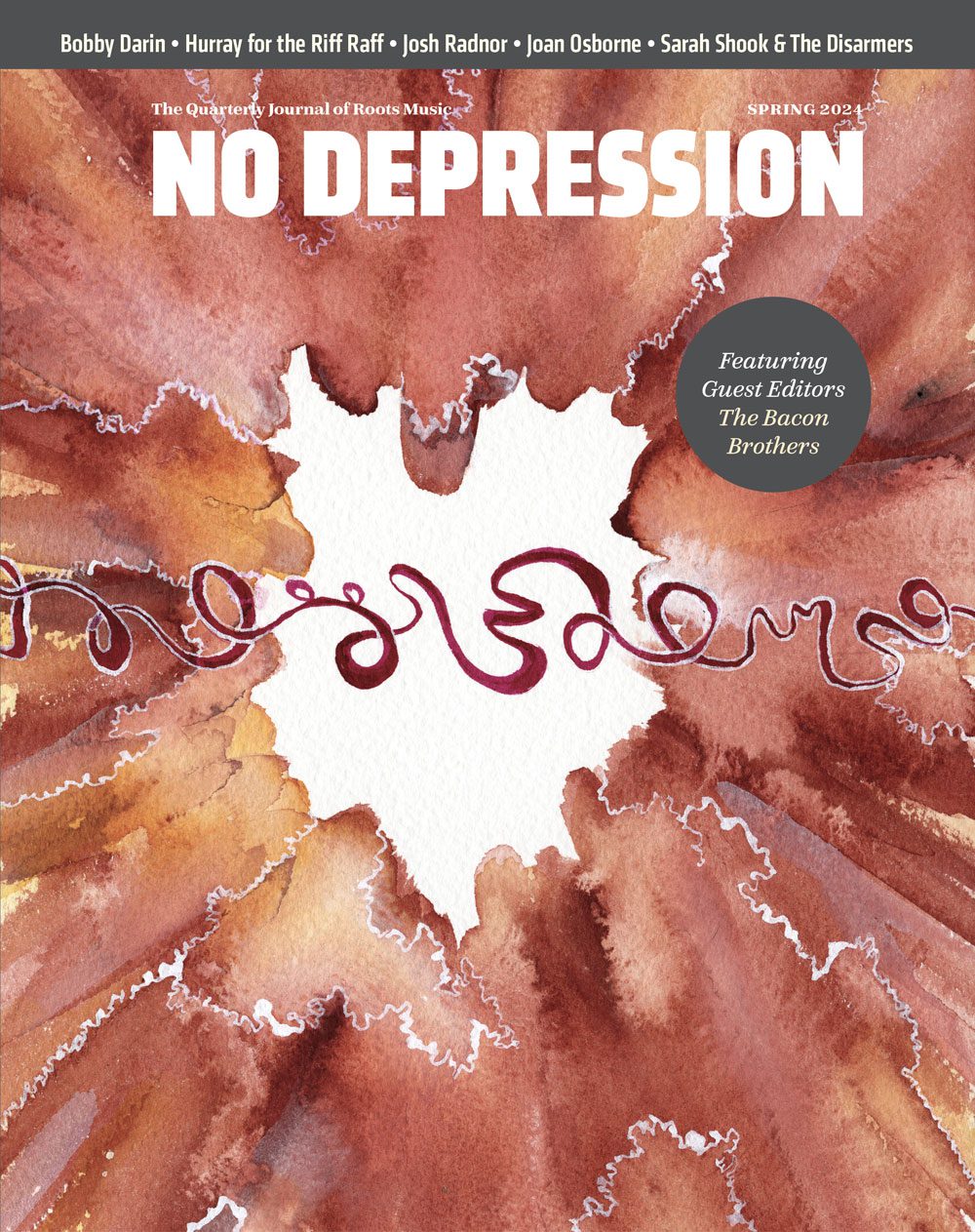St. Vincent’s Performance : Art : Life
Last weekend over brunch, I was talking with a contemporary country songwriter and a former boy band member about the various “arts” within music: There’s the art of crafting a great song that defies time, space, and genre; the art of selecting 10 or 12 great tunes that play well together; the art of producing a great album that demands to be listened to from top to bottom; the art of connecting with a live audience even when it’s a “tough room”; and the art of putting on a great show that may be choreographed but never feels contrived. We discussed how several of these arts are dying, if not lost, in a technological age that allows anyone with a laptop to make, distribute, and promote a record. We also discussed the current standard-bearers of those arts — songwriters like Brandy Clark and Jason Isbell, producers like Vince Gill and Mitchell Froom, performers like Justin Timberlake and Lyle Lovett.
What we didn’t cover in our conversation was the performance of art and/or performance as art — which is, perhaps, a distinction without a difference. That’s where St. Vincent comes in, and comes at it from a whole other direction. Ever fresh and innovative, St. Vincent (aka Annie Clark) treads the path blazed by artists like David Byrne and P.J. Harvey. The path that is both eccentric and heartfelt, or, as Clark has described, “at the intersection of accessible and lunatic.” And, while there are echoes of those predecessors’ work in hers, the music of St. Vincent never feels stale or derivative; it is always forward-looking.
Now, with her new, eponymous album, Clark turns her gaze toward our culture of narcissism. Fueled in equal parts by technology and loneliness, the digital age finds us all searching for connection with each other in very non-analog spaces and ways. We don’t live our lives, we comment on them. We don’t experience a moment, we document it. As Clark bellows in “Digital Witness,” the lead track from the new set, “If I can’t show it, if you can’t see me, what’s the point of doing anything?”
Throughout the album — and the accompanying live show — Clark makes sure you see her. To that end, she creates an atmosphere that is hypnotizing. With the persistent strobe lights and blaring, distorted guitar, one doesn’t have to pass the “15 Qualities of Highly Sensitive People” test to blast quickly into a state of woozy sensory overload at a St. Vincent show. Clark writes in The Guardian, “I like my art to yell at me like a high school coach.” Mission accomplished. Relentless beats, futuristic sounds, and robotic choreography form an experience that is not about connecting as much as it is about conveying. It is a mental exercise, through and through. One that begs us to be present, right then and there, and to really get the point Clark is making.
Her point, it seems, is somewhat circular: Performance is art and, because art imitates life, our lives are performances. As Clark muses, “We perform our identities in the analogue and digital realm. Every tweet or T-shirt is a signifier that consciously or subconsciously communicates something about us to others.” She points out that, as a result, we move through our lives in a more self-aware state. What she doesn’t note, though, is that the focus is on our external presentation, rather than our internal disposition. And that’s a distinction with a very big difference.




